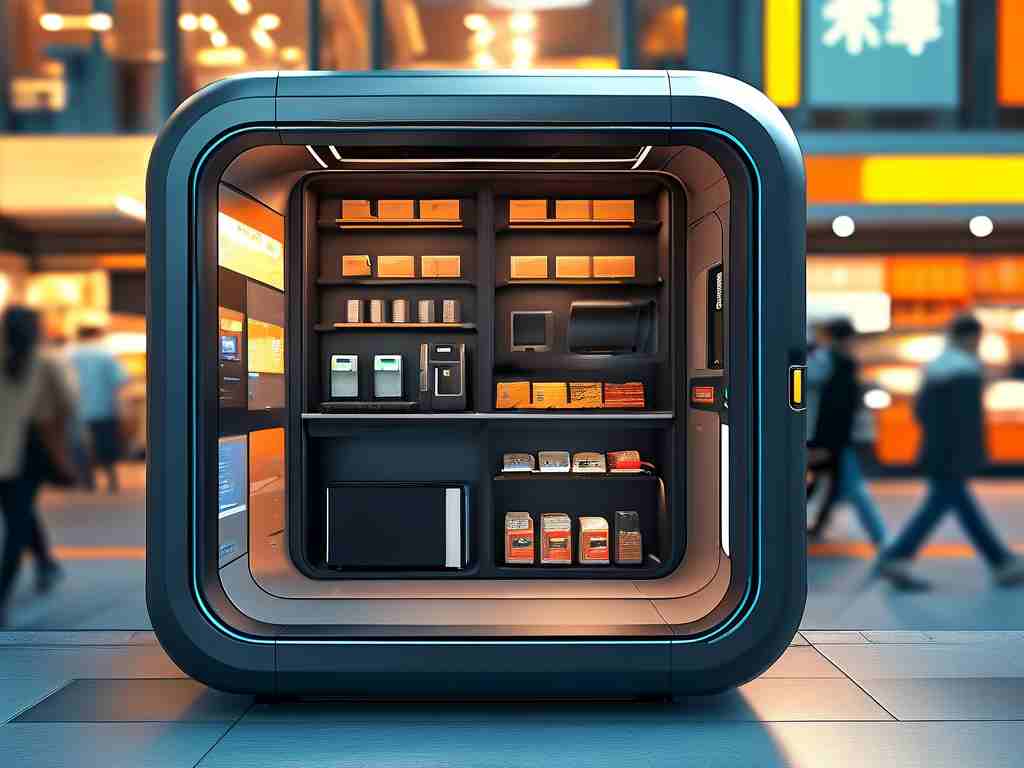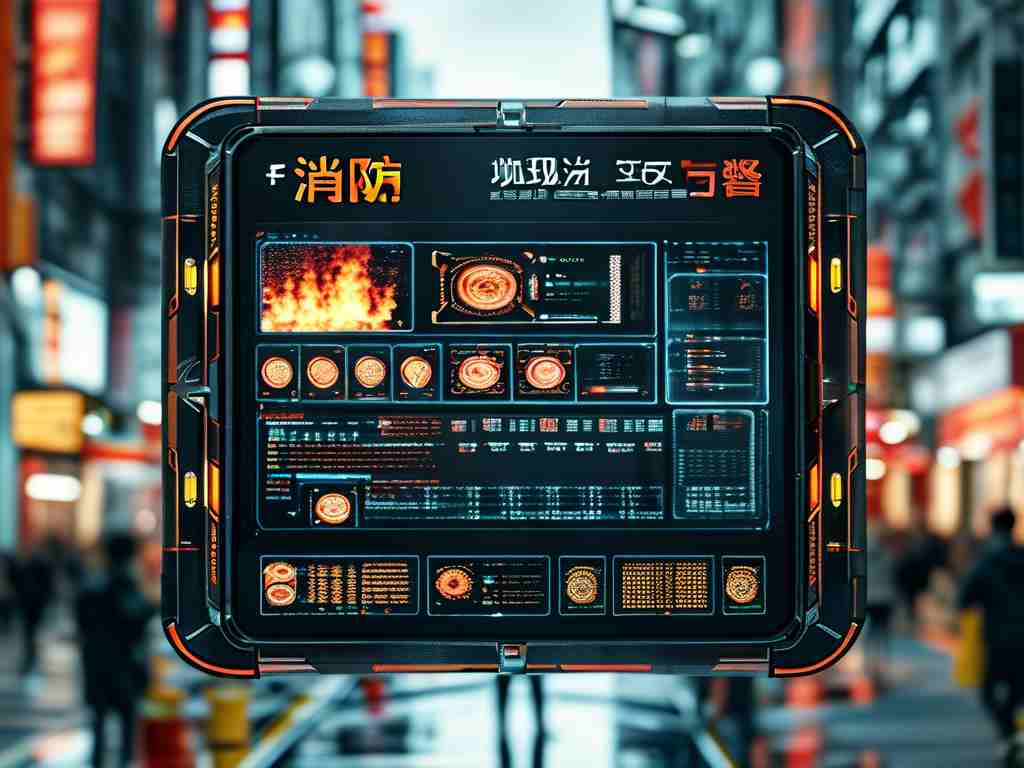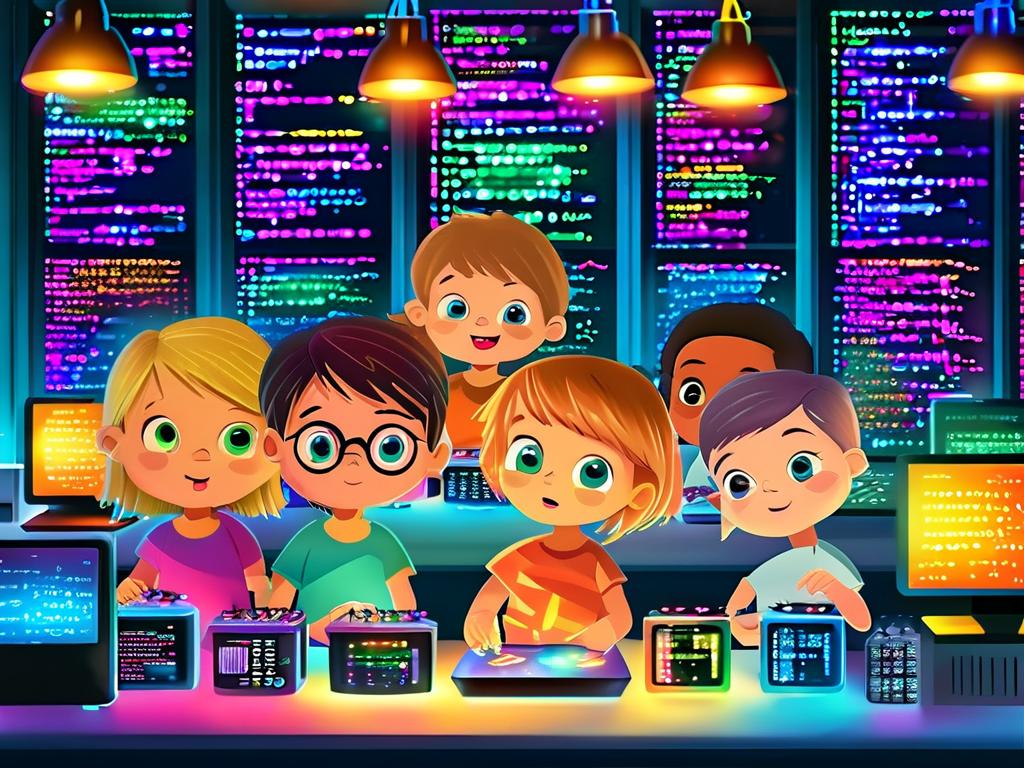The integration of embedded systems in rail transportation has become a cornerstone of modern infrastructure development. CRRC Corporation Limited, a global leader in rolling stock manufacturing, has been at the forefront of leveraging embedded technologies to enhance safety, efficiency, and sustainability in rail systems. This article explores how CRRC’s embedded development initiatives are reshaping the industry, with a focus on real-world applications and technical advancements.

Embedded Systems in Rail Control and Safety
Embedded systems form the backbone of CRRC’s rail control mechanisms. These systems are designed to process real-time data from sensors, track conditions, and onboard diagnostics. For instance, CRRC’s autonomous train control modules rely on embedded software to execute algorithms that optimize speed, braking, and energy consumption. A simplified code snippet below illustrates how sensor data is processed:
void processSensorData(int sensorInput) {
if (sensorInput > THRESHOLD) {
adjustBrakingPressure();
activateSafetyProtocol();
}
}
This level of precision ensures minimal human intervention while maintaining operational safety. CRRC’s embedded platforms also incorporate fail-safe mechanisms, such as redundant processors and self-diagnostic routines, to mitigate risks during system failures.
Energy Efficiency and Sustainability
CRRC’s embedded solutions extend beyond safety to address environmental challenges. The company’s hybrid and fully electric trains use embedded controllers to manage power distribution between batteries and overhead lines. By analyzing variables like gradient, load, and weather conditions, these systems dynamically adjust energy usage. For example, regenerative braking systems recover kinetic energy during deceleration, converting it into reusable electricity. This innovation has reduced energy consumption by up to 30% in CRRC’s latest models.
Challenges in Embedded Development
Developing robust embedded systems for rail applications presents unique challenges. Harsh operating environments—including temperature extremes, vibration, and electromagnetic interference—demand hardware resilience. CRRC addresses this by using industrial-grade components and rigorous testing protocols. Additionally, cybersecurity has emerged as a critical concern. To safeguard against threats, CRRC employs encrypted communication protocols and regular over-the-air (OTA) updates for its onboard systems.
Case Study: The Smart Metro Initiative
CRRC’s Smart Metro project in Shanghai exemplifies the practical impact of embedded development. The metro’s trains utilize embedded IoT devices to monitor passenger flow, air quality, and equipment health in real time. Data is transmitted to a centralized control center, where machine learning algorithms predict maintenance needs and optimize scheduling. This system has reduced downtime by 22% and improved passenger satisfaction through timely service adjustments.
Future Directions: AI and Edge Computing
Looking ahead, CRRC is integrating artificial intelligence (AI) and edge computing into its embedded frameworks. AI-powered predictive maintenance tools analyze historical data to identify potential failures before they occur. Meanwhile, edge computing reduces latency by processing data locally on trains rather than relying solely on cloud servers. A prototype system currently in testing uses the following architecture:
def edgeProcessing(data):
model = loadAI('predictive_maintenance.h5')
prediction = model.predict(data)
return generateAlert(prediction)
These advancements position CRRC to lead the next wave of rail innovation, blending embedded reliability with cutting-edge analytics.
CRRC’s commitment to embedded development underscores its role as a pioneer in rail technology. By prioritizing safety, sustainability, and adaptability, the company continues to set benchmarks for the global transportation sector. As embedded systems evolve, CRRC’s fusion of hardware expertise and software innovation will remain pivotal in addressing the complexities of modern rail networks.









